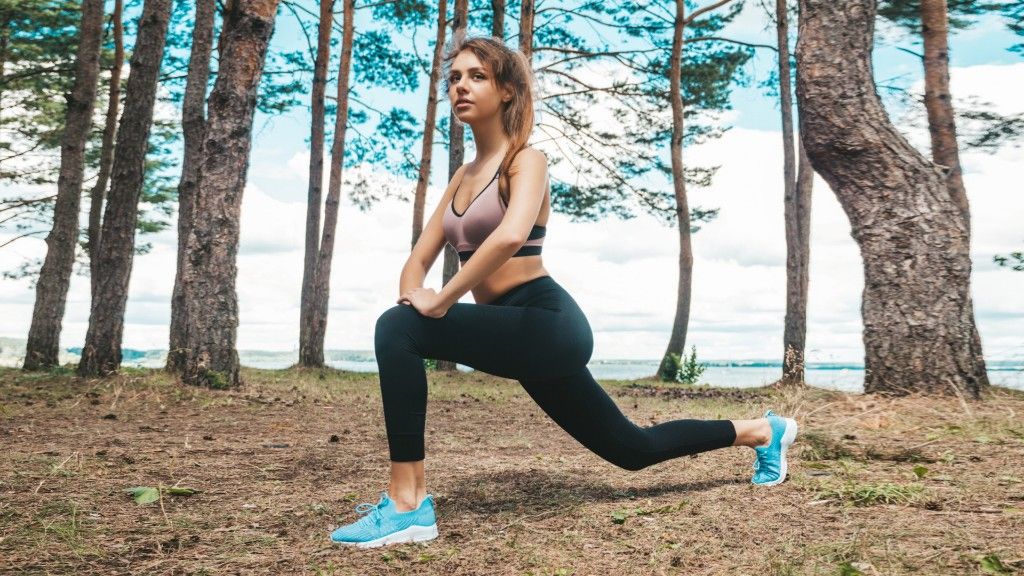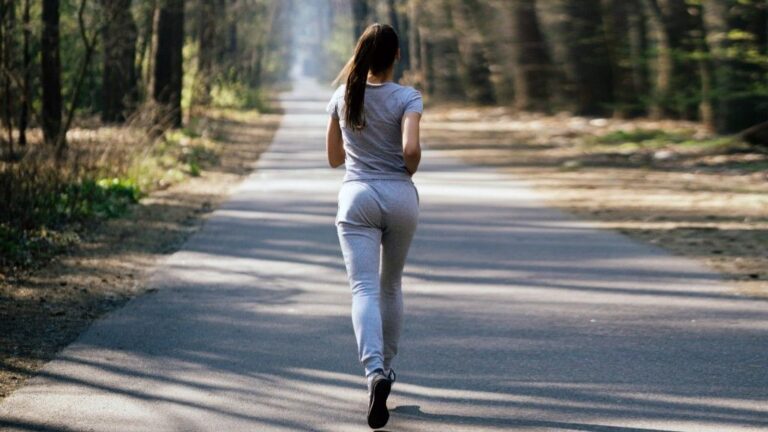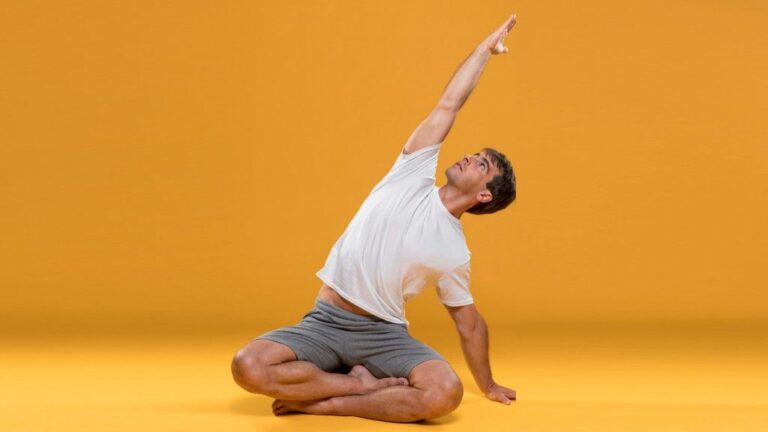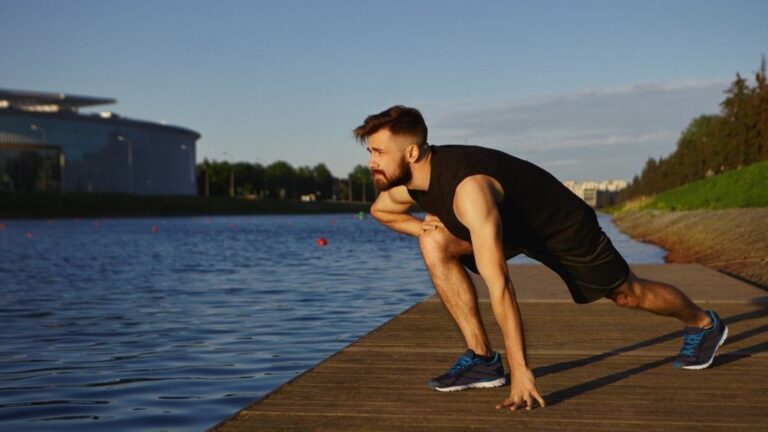30 Days of 100 Lunges: The Surprising Results – Let’s be real – I’m no stranger to fitness challenges. Over the years, I’ve tried everything from burpee marathons to cutting out carbs (spoiler: that one didn’t last). But lately, life had gotten busy, and my workouts were feeling stale.
So when I stumbled across someone online bragging about their “100-lunge-a-day transformation,” something clicked. It sounded simple enough—no fancy equipment, no hours at the gym, just good old lunges. And honestly? I wanted to see if this basic move could really deliver results.
Here’s the deal: nothing else changed during this experiment. Same diet, same workouts, same morning coffee ritual. The only difference was committing to 100 lunges every single day for a month. Easy, right? Well, buckle up—it wasn’t just easy.
1. Why Lunges?

Lunges might not look as sexy as deadlifts or kettlebell swings, but don’t let their simplicity fool you. These bad boys are a powerhouse for full-body strength.
They hit your quads, glutes, hamstrings, and even your core, all while improving balance and mobility. Plus, they’re versatile—you can do them anywhere, anytime, with zero equipment required.
And here’s the kicker: lunges force each leg to work independently, which helps correct muscle imbalances. As someone who spends way too much time sitting at a desk, I figured this would also help counteract some of the tightness in my hips and lower back. Spoiler alert: it did.
Also read – Master These 5 Foundational Movement Patterns for Real Strength
2. How I Did It
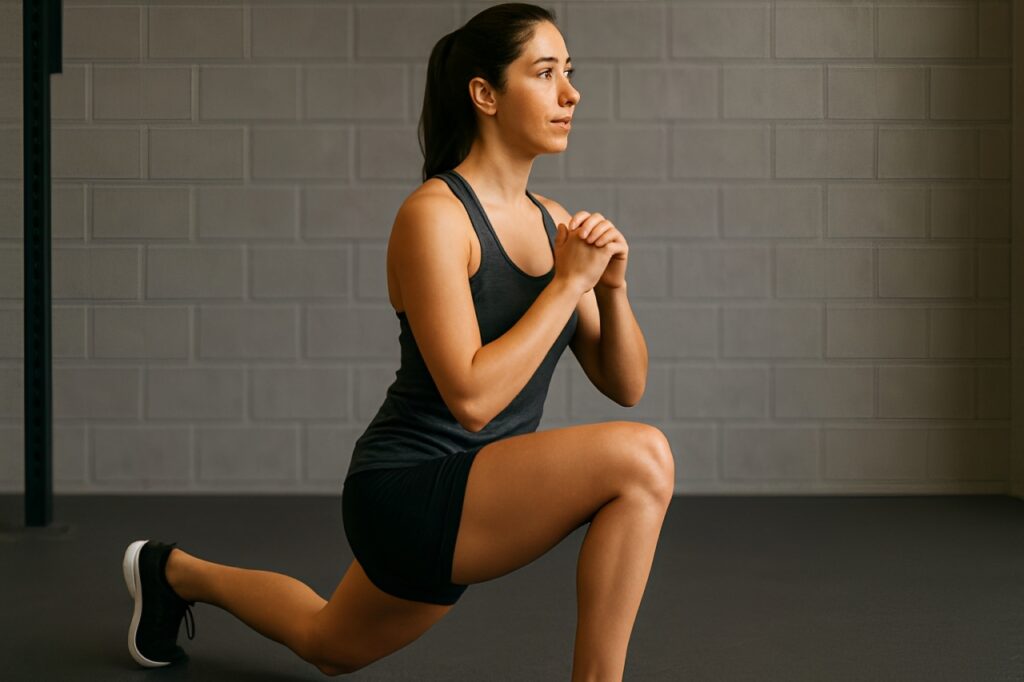
Doing 100 lunges in one go felt like a recipe for boredom and burnout, so I broke them into manageable chunks throughout the day. Here’s how it shook out: In the morning, I did 20 bodyweight walking lunges after brushing my teeth—call it multitasking.
Midday, I squeezed in 30 reverse lunges split between legs during lunch breaks or quick office stretches. In the evening, I tackled 50 weighted lunges using dumbbells before dinner. This is where things got spicy.
To keep things interesting, I rotated through different variations: classic forward lunges, reverse lunges, walking lunges, and Bulgarian split squats. Some days I added resistance bands or held weights, while others stayed strictly bodyweight. By mixing it up, I avoided plateaus and kept my muscles guessing.
3. What Happened to My Body
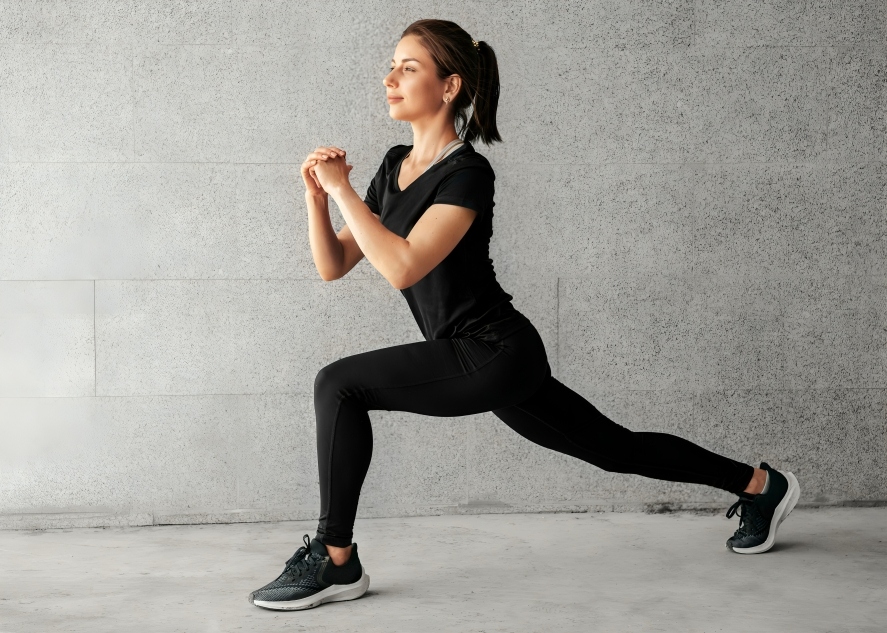
By the end of Week 1, I was sore—but not in an unfamiliar way. My quads burned, my glutes were on fire, and my hip flexors screamed at me every time I stood up from my chair. Classic newbie symptoms. By Week 2, though, magic started happening.
My legs felt stronger, and movements like squatting and climbing stairs became noticeably easier. My posture improved because those constant lunges forced me to engage my core and stand taller. Even my jeans fit differently—not baggy, but tighter in the best possible way.
Hello, glute gains! By Week 4, I noticed improvements in my overall mobility. Tightness in my hips melted away, and I could sink deeper into yoga poses and stretches without discomfort. Fatigue set in occasionally, especially on high-intensity workout days, but recovery techniques like foam rolling and stretching helped me bounce back quickly.
Also read – Burn More Fat with These 6 Powerful Dumbbell Moves
4. What I Learned
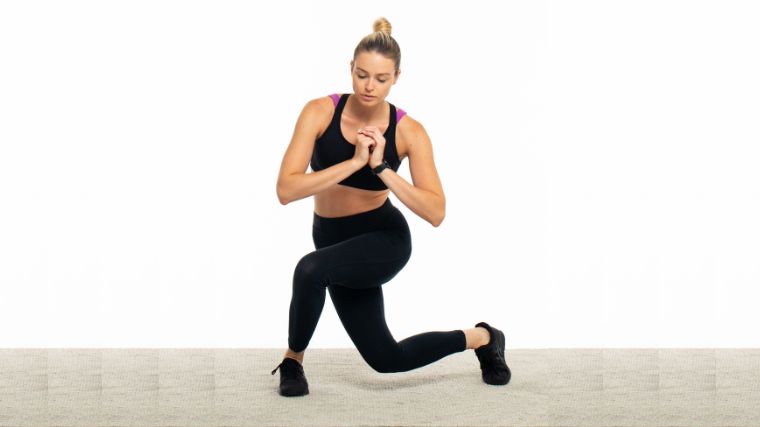
This challenge taught me more than just how to lunge without face-planting. First, consistency trumps perfection. There were days when I didn’t feel like doing lunges, but showing up—even if it meant cranking out 10 reps at a time—made all the difference.
Progress isn’t about crushing yourself; it’s about sticking with it. Second, recovery matters. Pushing through soreness is one thing, but ignoring fatigue leads to burnout. Listening to my body and scaling back on heavy weights when needed kept me injury-free.
Finally, mindset shifts are just as important as physical changes. Doing 100 lunges daily reminded me that small, consistent actions add up over time. Fitness doesn’t have to be complicated—it’s about finding what works for you and sticking with it.

